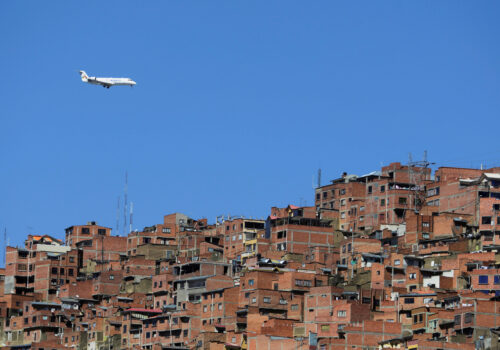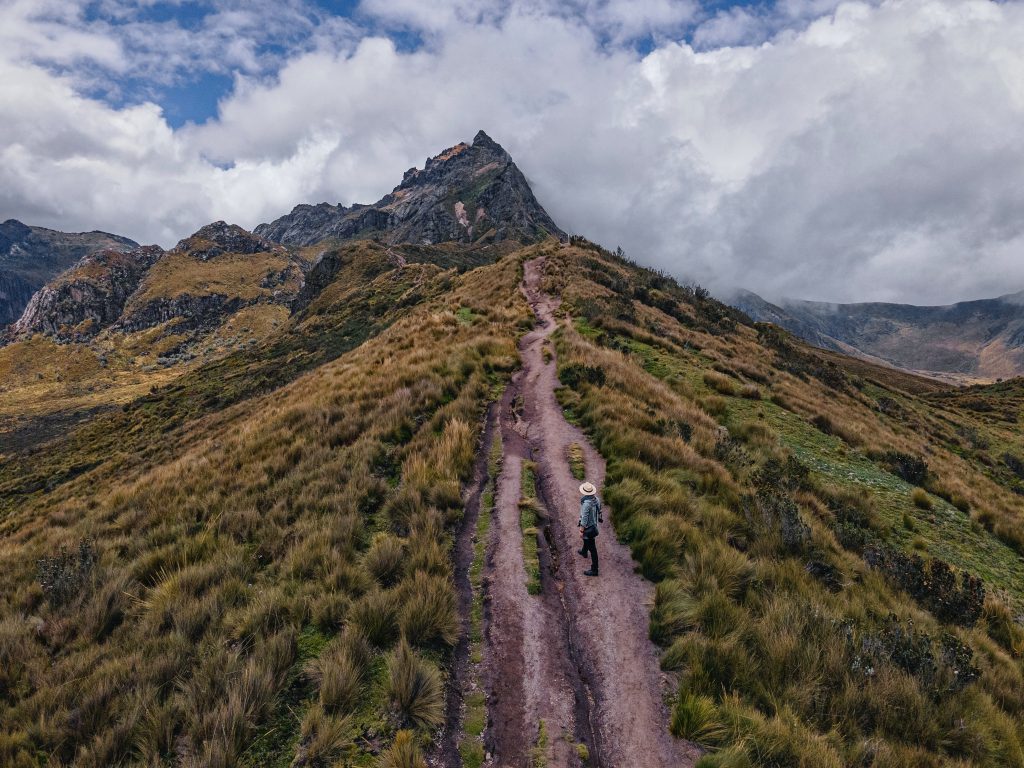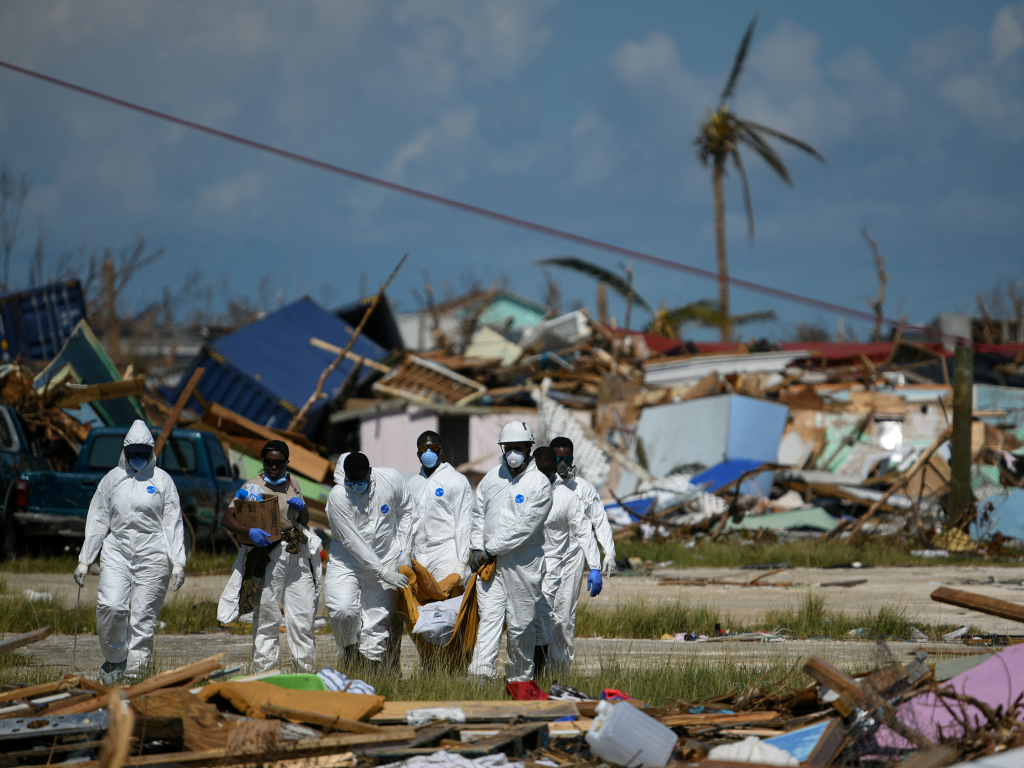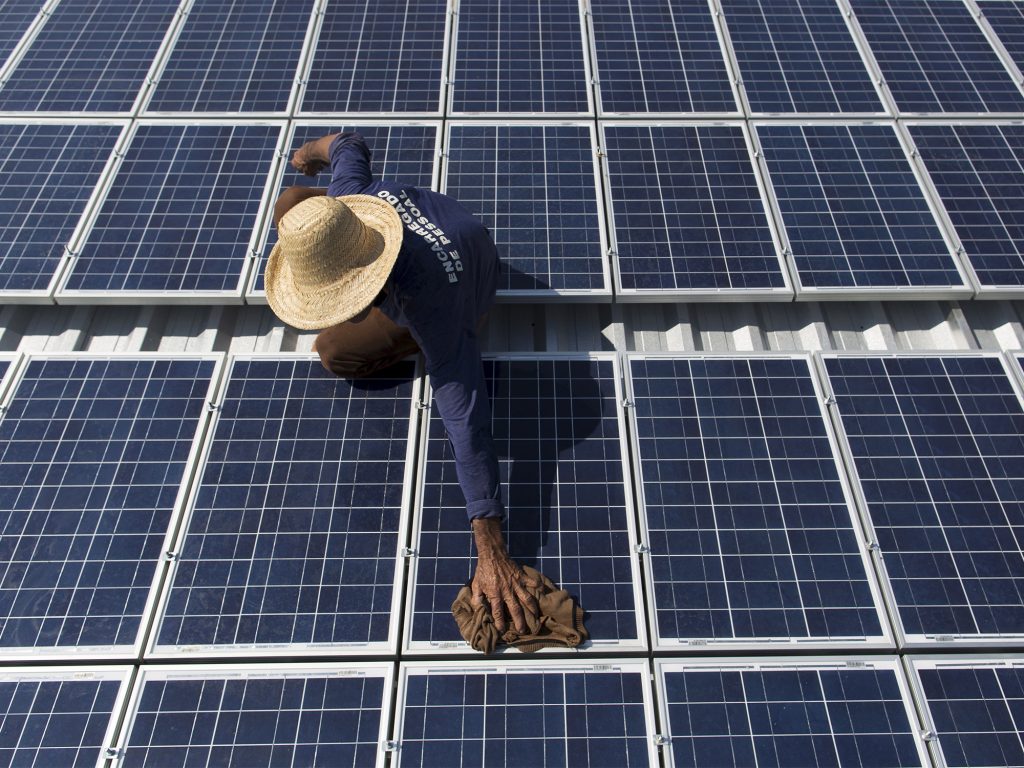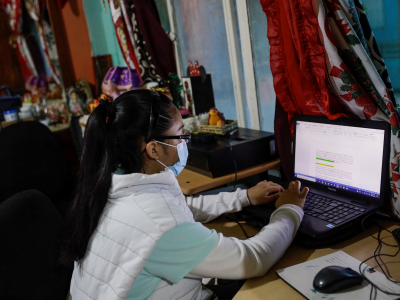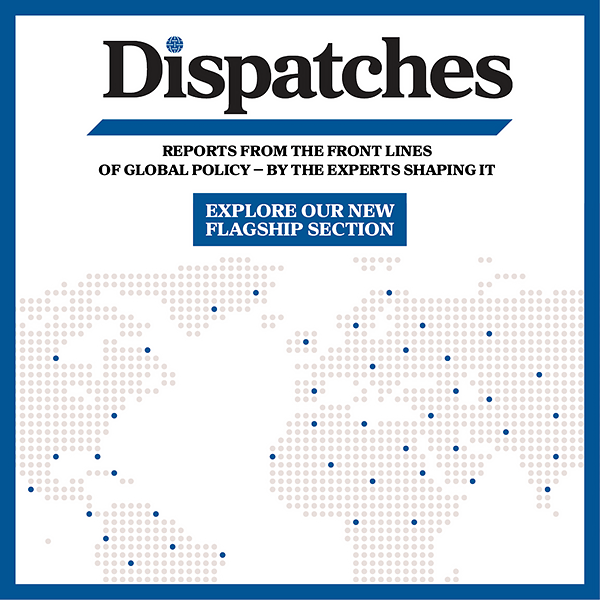Introduction
The Summit of the Americas fosters multilateral cooperation and partnership around key hemispheric priorities. To track the summit’s outcomes and explore its thirty-year history, the Atlantic Council—in partnership with the United States Department of State—is launching this new dashboard. It showcases data and metrics from each gathering, highlights how the summit is planned and executed, and provides expert insights on related themes from across the region.
Table of contents
- Summit of the Americas: Themes and notable highlights
- History and structure of the Summit of the Americas
- By the numbers: The Summit of the Americas in context
- Expert insights from around the region
Summit of the Americas: Themes and notable highlights
*Special summits seek to address particular issues or matters outside the usual summit timeline.
History and structure of the Summit of the Americas
The First Summit of the Americas—which took place in Miami in 1994—further institutionalized multilateralism in the Western Hemisphere by launching a series of regular convenings of leaders to jointly address political, economic, and security challenges under a common framework. Underpinning each Summit of the Americas is the summit process, a coordinated series of meetings, negotiations, and consultations. This process is managed jointly by each summit host and the Summits of the Americas Secretariat and aims to “deepen cooperation and understanding” among the countries of the Americas.
The 1994 summit took place at an auspicious time in the region. Every country in the Americas except Cuba was democratically governed. The signing of the North American Free Trade Agreement between Canada, Mexico, and the United States in 1992 underscored that the hemisphere was set to modernize the institutions of the inter-American system.
President Bill Clinton spearheaded the creation of the first summit as an opportunity for thirty-four of the region’s leaders to meet and establish hemisphere-wide efforts to promote economic growth, democratic stability, and regional prosperity. This first summit set in motion a joint participative process that has brought leaders together eleven times over the past three decades— for nine regular summits and two special summits. These gatherings aim to promote hemispheric collaboration on the region’s most pressing issues. The Dominican Republic will host the Tenth Summit, which has been postponed to 2026.
Process
The summit process comprises governments, the private sector, civil society, youth, and multilateral institutions.
Summit of the Americas Secretariat
Housed within the Organization of American States, the Summit of the Americas Secretariat is the summit’s institutional arm, supporting the “planning, implementation, outreach, and follow up of summit mandates.” It provides support for the Summit Implementation Review Group (SIRG), the Joint Summit Working Group (JSWG), and ministerial meetings. It liaises with civil society and engages the wider public.
Summit Implementation Review Group (SIRG)
Created in 1995, the SIRG comprises the summit governments and is the core management body of the Summit of the Americas process. The SIRG is chaired by the summit host and brings together national coordinators from all participating governments.

Joint Summit Working Group (JSWG)
The JSWG consists of thirteen nongovernment stakeholders, predominantly from multilateral and financial institutions. These institutions help advance summit mandates, provide technical expertise, and support stakeholder coordination, allowing for consistent dialogue within the inter-American system before and after each Summit of the Americas. The participating institutions include:
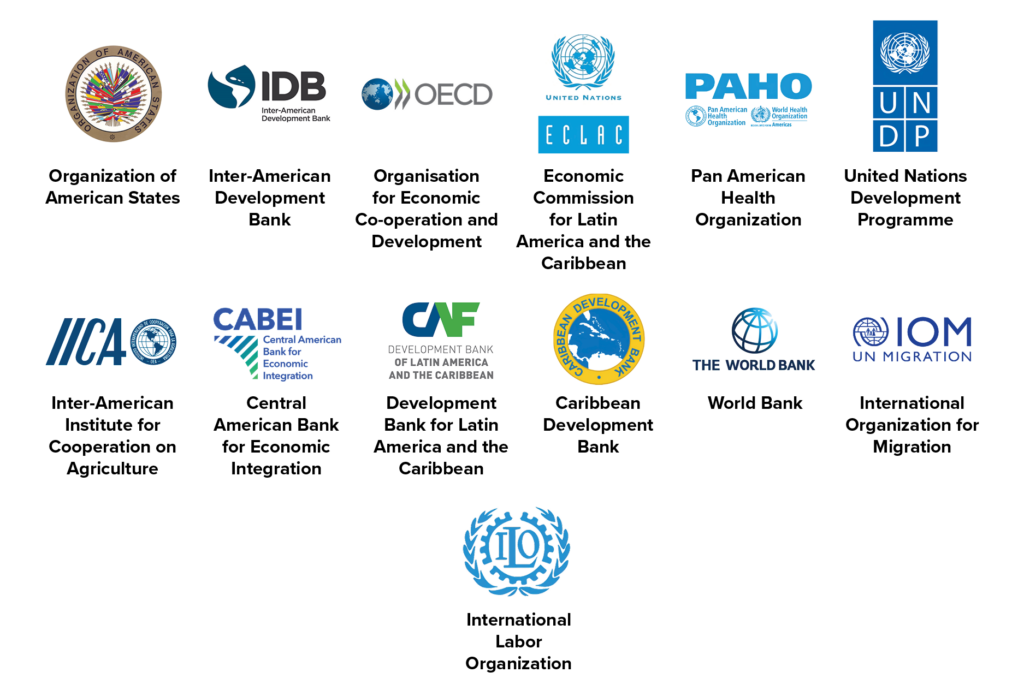
The summit is planned, executed, and implemented across three stages.
Past summits and key themes
Since 1994, there have been nine regular Summits of the Americas and two special summits. Through these forums for high-level collaboration, regional leaders and the people of the Americas have gathered to discuss shared policy issues, affirm common values, address regional challenges, and determine both the mandates for action and mechanisms for delivering them. Throughout the past thirty years, the through lines of promoting economic prosperity, democratic governance, and equitable growth have connected these convenings. Each summit agenda has created a space to react to the most pressing issues of the moment.
Each Summit of the Americas reflects the state of the region at the time. The inaugural summit (1994), which took place as most of the countries in Latin America and the Caribbean were considered democracies, focused on developing strong economic ties across the hemisphere. The Ninth Summit of the Americas (2022) prioritized equitable and resilient growth at a time when economies across the region were reeling from the effects of the COVID-19 pandemic. However, some themes have been more prevalent than others.
- Democracy and human rights were themes in every summit except the 2012 Cartagena summit.
- Economic prosperity, growth, and development have been addressed in seven regular summits and one special summit.
- Energy, sustainability, and the environment have been addressed in six regular summits and one special summit.
- Education and capacity building have been central themes in four regular summits and one special summit.
- Migration featured in three summits.
By the numbers: the Summit of the Americas in context
Each summit was shaped by political, economic, and societal factors. The five charts below are snapshots of the state of the hemisphere during five summits—Miami (1994), Santiago (1998), Cartagena (2012), Panama City (2015), and Los Angeles (2022). Figure 1 highlights the role of trade in each country’s economy as regional leaders intended to establish a Free Trade Area of the Americas. Figure 2 focuses on democratization in the region, previewing the theme of the 1998 summit. Figure 3 measures the quality of each country’s infrastructure, a central topic in Cartagena and later summits. Figure 4 measures national education levels, highlighting the importance of education as fundamental to hemispheric development, a key theme of the 2015 summit. Finally, Figure 5 shows the share of people who had received at least one dose of the COVID vaccine by June 2022 in the midst of the COVID-19 pandemic. Each summit both responds to and drives collaboration around the needs of hemispheric actors, from governments to the private sector to citizens.
Expert insights from around the region
The Summit of the Americas has been the most significant and consequential platform for dialogue and cooperation among countries in the Western Hemisphere over the past three decades.
Laura Chinchilla
Read more
The Summit of the Americas has been the most significant and consequential platform for dialogue and cooperation among Western Hemisphere countries over the past three decades. Despite facing limitations and critical challenges, this mechanism has fostered political alliances and addressed pressing issues such as economic integration and prosperity, security, democracy, and environmental concerns.
At the time of the inaugural summit, the hemispheric landscape was markedly distinct from today. Nations were experiencing economic and political stability and were largely united in consensus regarding free trade, democracy, and human rights. In contrast, the region’s current state is characterized by significant divisions and a decline in political dialogue, while many countries are grappling with challenges such as sluggish economic growth, criminal violence, forced migration, and the erosion of democratic principles. These events unfold against a backdrop of escalating geopolitical tensions stemming from the rivalry between the United States and China.
These pressing regional conditions further emphasize the critical importance of this mechanism. The Tenth Summit of the Americas, scheduled for 2025 in the Dominican Republic, offers a unique opportunity to renew significant dialogue centered on a foundational consensus agenda that honors diversity. The presence of at least ten heads of state different from those who were present in 2022—including those from the United States, Brazil, Mexico, and Argentina—can provide an opportunity to foster the respectful, pragmatic, and constructive dialogue essential for advancing mutual prosperity in the region.
One of the most significant achievements of the 2022 summit was the adoption of the Los Angeles Declaration of Mitigation and Protection, a landmark agreement that has since been endorsed by twenty-two nations.
Mary Ann Walker
Read more
The 2022 Summit of the Americas, held in Los Angeles, was a defining moment for the Western Hemisphere, offering a powerful platform for leaders to address shared challenges and opportunities. As a senior adviser to the Adrienne Arsht Latin America Center for the 2022 summit, I had the privilege of contributing to the discussions that would shape the future of the region. The summit focused on promoting democracy, strengthening economic growth, and fostering cooperation across Latin America and the Caribbean, and provided a space for dialogue on urgent issues such as climate change, migration, and economic inequality—problems that transcend national borders and require collaborative action.
A significant achievement of the summit was the adoption of the Los Angeles Declaration of Migration and Protection—a landmark agreement that has since been endorsed by twenty-two nations and represents a bold commitment to addressing the effects of economic instability, particularly in vulnerable communities. As an Angeleno with Mexican roots, this initiative was especially meaningful to me and a proud moment to see widespread regional support for a framework that prioritizes both economic sustainability and human protection.
Looking ahead, I am hopeful that the 2025 summit will build on the momentum of 2022. There is still much work to be done. Future discussions will prioritize food security and health—issues fundamental to citizens’ well-being. These areas are central to both the stability of individual nations and broader hemispheric resilience. The hemisphere must continue to deepen cooperation to ensure a more secure, healthy, and prosperous future for all.
The summit could potentially then become a franker and more substantive ongoing conversation among all the actors in our hemisphere, governmental and non-governmental, large and small.
Kevin Whitaker
Read more
A US politician once joked that a government program is the closest thing to eternal life seen on Earth. He might have been referring to the Summit of the Americas. Twelve summits have been held since 1994, resulting in hundreds of commitments, all tracked by an implementation group. While these commitments might have a practical effect for the hemisphere’s citizens, they have also spawned a robust bureaucracy.
This doesn’t mean important issues are not discussed. Rather, the concern is that the summits are more performative than effective, thanks to two distinct political culture traditions. One, the United States insists on “deliverables,” putative achievements and aspirational commitments to be cited and tracked. Second, several nations in the hemisphere can’t resist counting coup against Washington’s policies. One example was the late Venezuelan dictator Hugo Chavez’s effort to embarrass President Barack Obama over his Cuba policy in 2009.
Commitments are important, and no one would argue that the United States should not be occasionally braced for its policies. But performative impulses might impede the development of an effective forum for actual communication.
How can these cultural traditions be sidestepped, making for a meatier summit? First, decide that the proceedings should take place behind closed doors (in order to limit showboating). Second, dispense with the deliverables (so there are no sterile commitments that can be tracked). Then the summit could potentially become a franker and more substantive ongoing conversation among all the actors in the hemisphere—governmental and nongovernmental, large and small.
Chile’s recent experiences offer valuable lessons for broader hemispheric discussions on macroeconomic stability, democratic governance, and inclusive growth—key themes being promoted by the Summit of the Americas.
Felipe Larrain
Read more
Chile’s recent experiences offer valuable lessons for broader hemispheric discussions on macroeconomic stability, democratic governance, and inclusive growth—key themes promoted by the Summit of the Americas.
In the past few years, Chile has faced multiple challenges: 2019’s social unrest, the COVID-19 pandemic and its recovery period, pension fund withdrawals, and two unsuccessful constitutional reforms. Despite these difficulties, Chile’s institutions played a crucial role in channeling the unrest through democratic mechanisms. While a consensus on a new constitution wasn’t reached, the process underscored the resilience of Chile’s democratic framework.
Economically, Chile is steadily advancing toward its inflation and growth targets, building toward a neutral monetary policy stance. The economy grew by 2.3 percent in 2024 and domestic demand is anticipated to become the primary driver of growth by 2025. Investment is already recovering, supported by eased financial conditions and significant projects in mining and renewable energy. Inflation, which declined sharply in 2023 but is still above 4 percent, is projected to converge toward the 3-percent target by late 2025. These trends highlight the importance of a coherent policy framework with an independent central bank and adherence to fiscal rules.
Looking ahead, Chile has substantial opportunities to increase its potential gross domestic product through sectors like clean mining, renewable energy, green hydrogen, and the digital economy—topics expected to be discussed at the 2025 summit. However, addressing key challenges is crucial, including streamlining permitting and establishing a comprehensive regulatory reform program to ensure that regulations are effective and efficient.
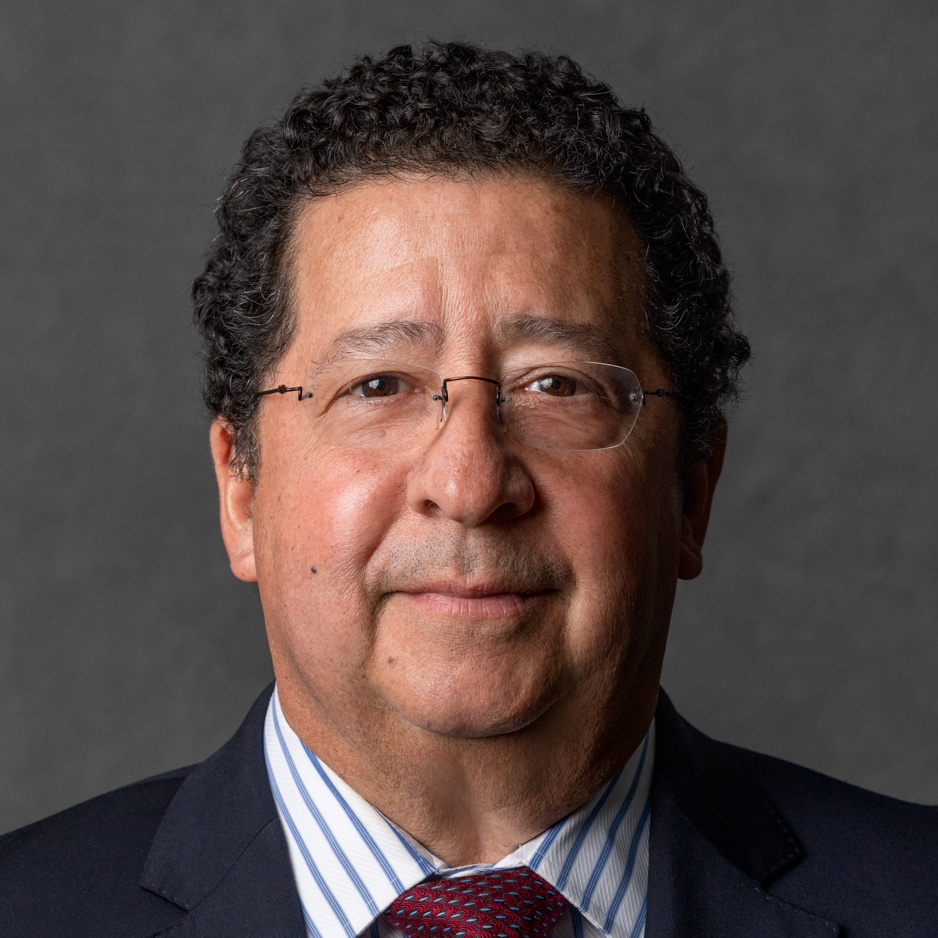
What’s most important is to provide a regular platform for engaging the energy ministers in the hemisphere on common issues.
David Goldwyn
Read more
It is critical to sustain a process for enhancing hemispheric cooperation in the Americas.
This can be seen from the Energy and Climate Partnership of the Americas to the US-Caribbean Partnership to Address the Climate Crisis 2030. What’s most important is to provide a regular platform for engaging the hemisphere’s energy ministers on common issues, allowing the private sector to engage with governments to ventilate concerns, and providing a mechanism through which energy ministers can help drive cooperation.
US interests in energy security, competing with China, and migration are best served by encouraging hemispheric governments to protect foreign investment and trade opportunities in energy goods, services, and commodities. The reality is that using natural gas (rather than kerosene), increasing distributed power from solar power generation with battery storage, supporting geothermal development, and facilitating electricity transmission are the hemisphere’s pathway to sustainability.
The Caribbean and Central America have limited access to affordable and reliable electricity, and supporting their energy transformation can secure a US influence advantage over China and Venezuela. For Brazil, Argentina, Chile, and Colombia, conversations should focus on creating new fiscal frameworks for energy development.
Mexico’s ample opportunities and challenges—due to its success in attracting clean power—can accelerate greater nearshoring. These outcomes can reduce illegal migration, drug trafficking, and cartel influence. Exposing Mexico to hemispheric frameworks can help “multilateralize” this conversation.
Every US administration rebrands energy conversations and this summit won’t be different. The key is to invite all willing countries to a regular diplomatic platform—one that is technology neutral and diverse in its scope—for a robust dialogue that focuses on promoting economic competitiveness, resilience, and prosperity.
Videos and roadshow content
Reports
Events
In partnership with
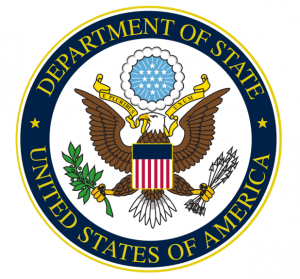
Explore the program
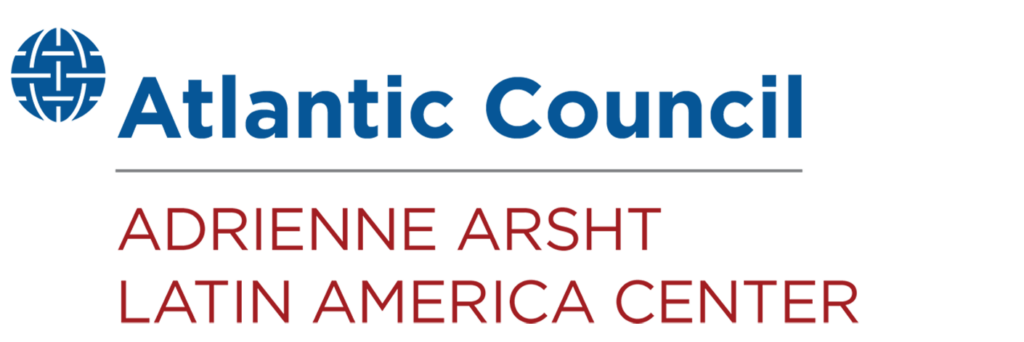
The Adrienne Arsht Latin America Center broadens understanding of regional transformations and delivers constructive, results-oriented solutions to inform how the public and private sectors can advance hemispheric prosperity.









